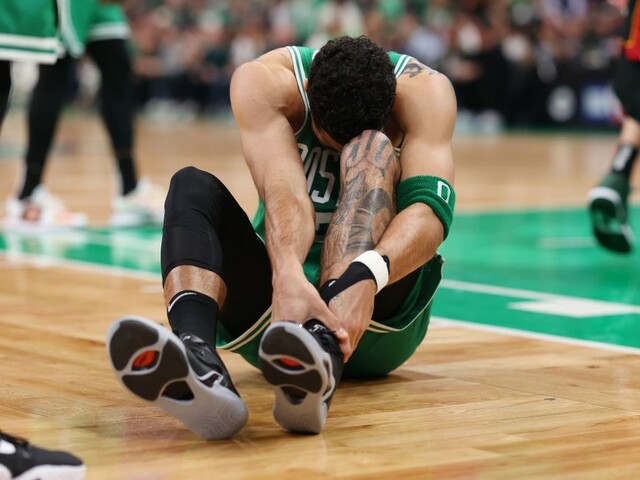To conduct an analysis of the types of injuries experienced by NBA players, a variety of factors must be taken into account. These include historical data, frequency of injury, severity of injury, location, cause, and the time it takes for a player to return from injury.
Below is an overview of the types of injuries NBA players tend to experience and their common causes.
● Knee injuries
– Anterior cruciate ligament (ACL) injury: Often caused by a sudden change of direction, stop or jump landing.
Meniscus injuries**: caused by pressure or torsion on the knee.
– MCL (medial collateral ligament)/LCL (lateral collateral ligament) injuries**: caused by direct impact to the medial or lateral knee.
● Ankle Injuries**:
– Sprains: abnormal twisting of the ankle inward or outward, causing ligaments to stretch or partially or completely tear.
– Tendon problems: Achilles tendonitis, for example, can be caused by excessive use or sudden movement.
Hand and finger injuries
– Fractures: caused by collisions and falls.
– Tendon injuries: can be caused by unnatural movements when handling the ball.
Muscle injuries
– Muscle separation (muscle sprain): occurs when a sudden force is applied to a muscle.
– Muscle fatigue: Caused by prolonged play or excessive training.
● Back and spinal cord injuries
– Herniated disc: caused by sustained impact or heavy lifting movements.
– Muscle pain: caused by repetitive stress or fatigue.
Other injuries
– Shoulder injuries: shoulder dislocation and rotator cuff injuries.
– Facial injuries: Facial fractures and nosebleeds are often caused by collisions with other players or direct hits from balls.
To advance the analysis of data on these injuries, it is important to approach them from multiple perspectives, including frequency of injury, recovery time, and impact on the careers of affected athletes. It is also important to conduct research to improve preventive measures and treatments.
Further analysis will require specific data from the NBA and research results from sports medicine experts.

コメント